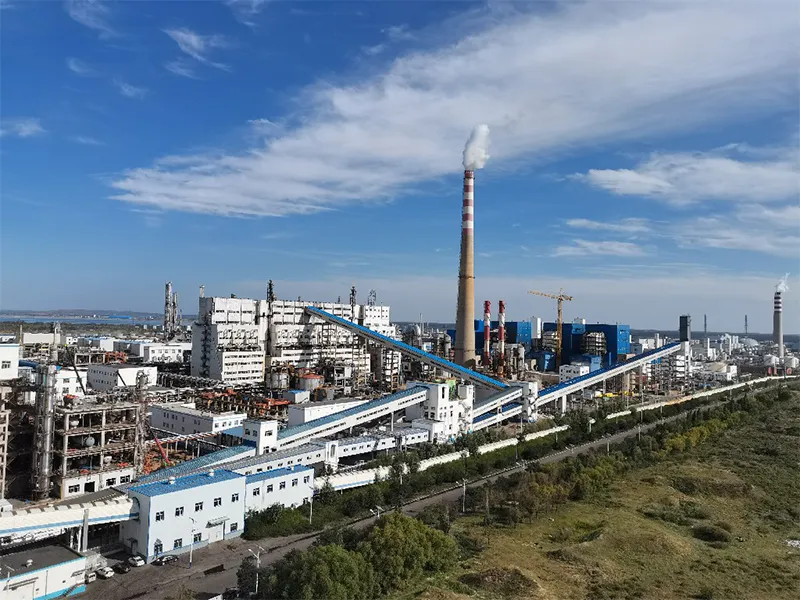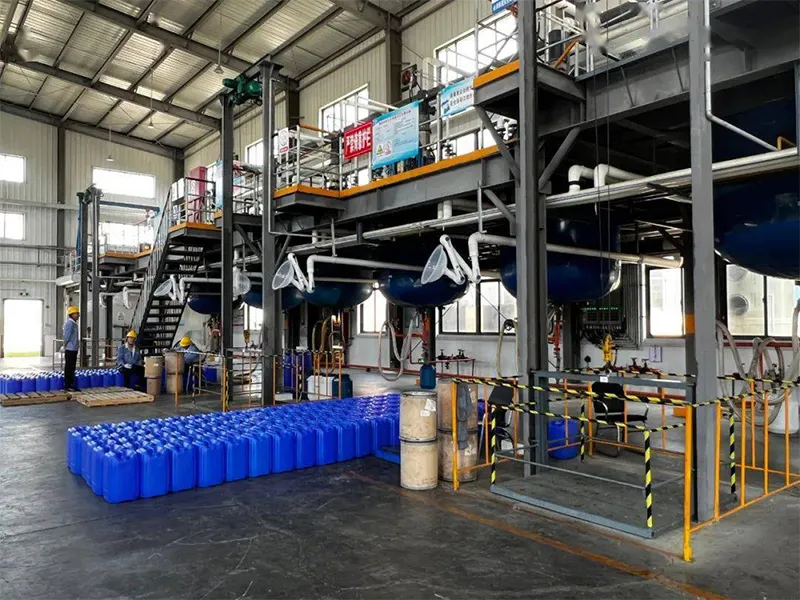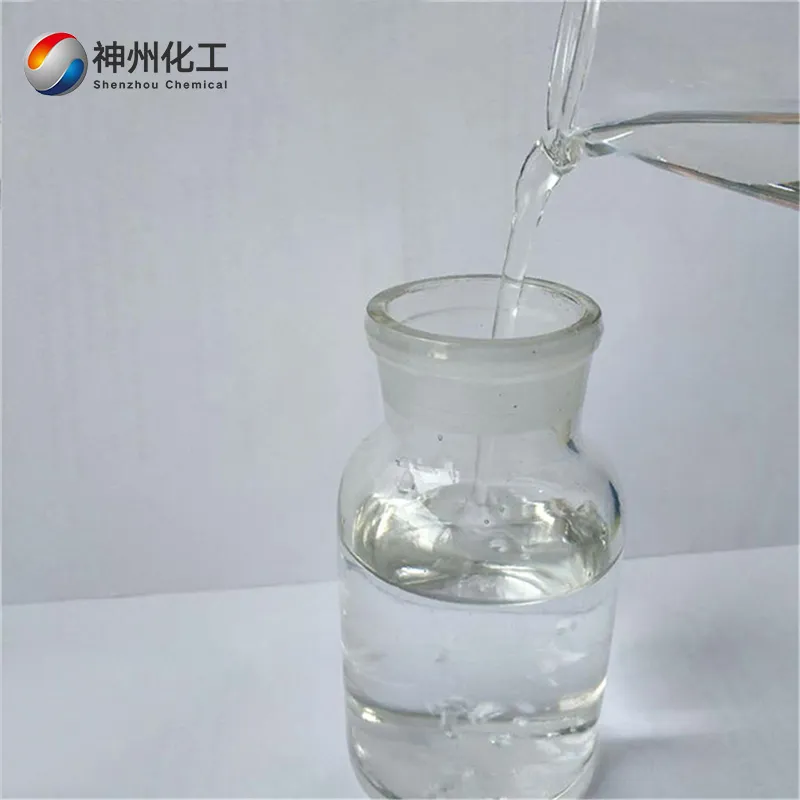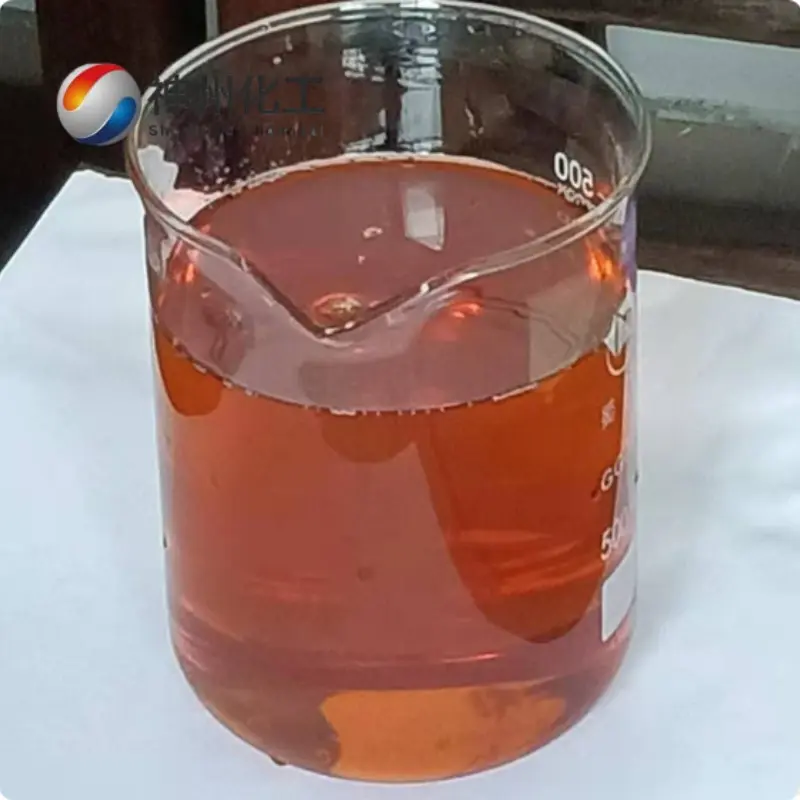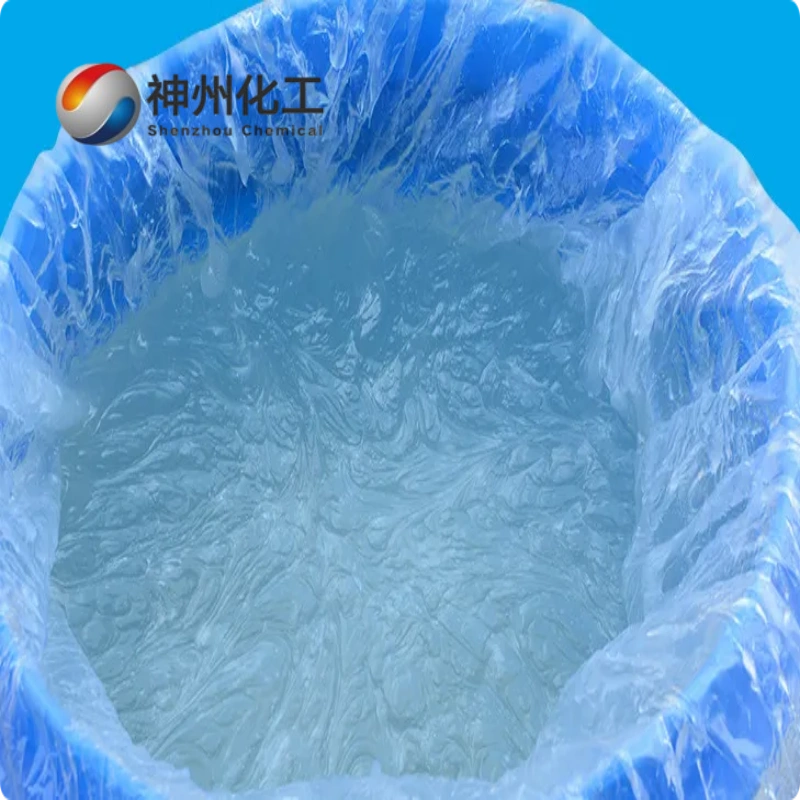Propylene glycol 57-55-6
Have Any Questions?
Let our vertically integrated solutions – from Chinese manufacturing hubs to your local warehouse – become your competitive advantage.
- +86 13376344351
Leave Your Message
Propylene glycol 57-55-6
- Chemical Name:Propylene glycol
- CAS No.:57-55-6
- Product Categories:Organic Chemistry
- Molecular Formula:C3H8O2
- Formula Weight:76.09
- Appearance:White liquid
- Storage and transportation characteristics: low temperature, ventilation, dryness, waterproof, moisture-proof
- Type Of Transportation:By Air/By Sea/By Train/By Express
- Type Of Transportation:Available


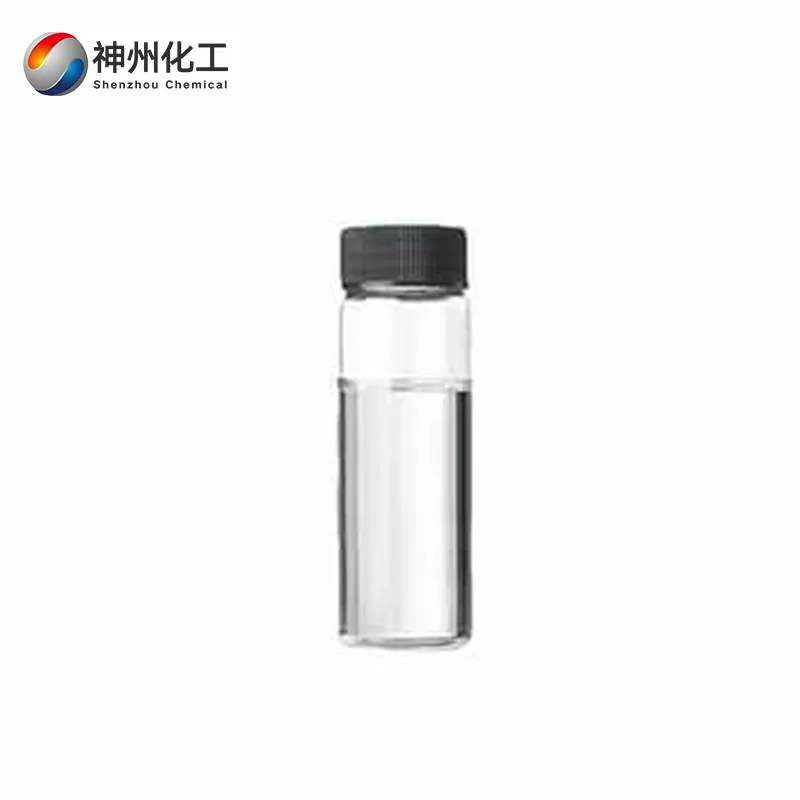
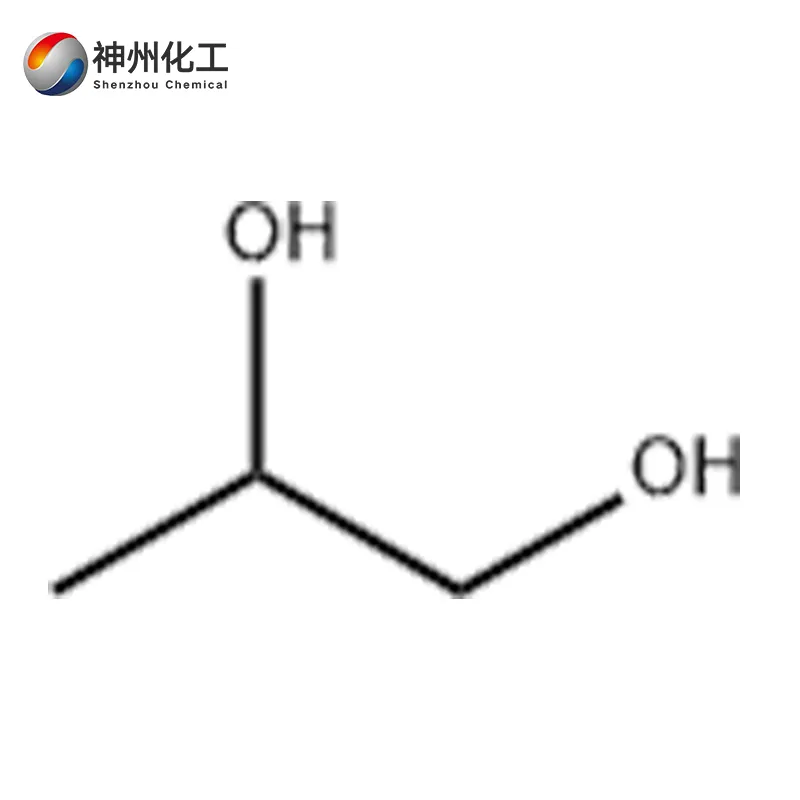
Product Description Of Propylene glycol 57-55-6
Propylene glycol, also known as 1,2-propylene glycol, has the chemical formula CH3CHOHCH2OH. Its molecular weight is 76.10. The molecule contains one chiral carbon atom.
The racemic mixture is a hygroscopic, viscous liquid with a slight pungent odor. Its density is 1.036 (25/4°C), and its freezing point is -59°C. Boiling point: 188.2°C, 83.2°C (1,333 Pa). Chemicalbook is miscible with water, acetone, ethyl acetate, and chloroform, and soluble in diethyl ether. It is soluble in many essential oils but is immiscible with petroleum ether, paraffin, and fats.
It is stable to heat and light, and more stable at low temperatures. The boiling point of the L-isomer is 187–189°C, with a specific rotation of [α]D20 −15.0°. Propylene glycol can be oxidized at high temperatures to form propionaldehyde, lactic acid, propionic acid, and acetic acid.
Propylene glycol is a diol with the properties of a typical alcohol. It reacts with organic and inorganic acids to form monoesters or diesters. It reacts with propylene oxide to form ethers. It reacts with hydrogen halides to form halogenated alcohols. It reacts with acetaldehyde to form methyl dioxolane.
Chemical Properties Of Propylene glycol 57-55-6
| Melting point | -60 °C (lit.) |
| Boiling point | 187 °C (lit.) |
| density | 1.036 g/mL at 25 °C (lit.) |
| vapor pressure | 0.08 mm Hg ( 20 °C) |
| refractive index | n20/D 1.432(lit.) |
| storage temp. | Store at +5°C to +30°C. |
| solubility | Chloroform (Slightly), Ethyl Acetate (Slightly), Methanol (Slightly) |
| form | white liquid |
| pka | / |
| color | white |
| Odor | Odorless |
| Water Solubility | miscible |
| Merck | 147855 |
| BRN | 1340498 |
| Dielectric constant | 32.0 |
| InChIKey | DNIAPMSPPWPWGF-UHFFFAOYSA-N |
| LogP | |
| CAS DataBase Reference | 57-55-6 |
| NIST Chemistry Reference | Propylene glycol CAS#57-55-6 |
| EPA Substance Registry System | Propylene glycol CAS#57-55-6 |
Application of Propylene glycol 57-55-6
Propylene glycol has excellent solubility, low toxicity, and minimal irritation, making it widely used as a solvent, extractant, and preservative in injectable formulations (such as intramuscular and intravenous injections) and non-injectable drug formulations (such as oral solutions, ophthalmic formulations, ear preparations, dental preparations, rectal and vaginal preparations, transdermal preparations, etc.). It is a better solvent than glycerin and can dissolve many substances such as corticosteroids (sex hormones), sulfonamide drugs, barbiturates, reserpine, quinidine, dehydrocorticosterone acetate, sulfonamide ethyl, nitrogen mustard hydrochloride, vitamin A, vitamin D, many essential oils, most alkaloids, and many local anesthetics.
Propylene glycol acts as an antimicrobial agent similar to ethanol, with antifungal efficacy comparable to glycerin but slightly lower than ethanol. Propylene glycol is commonly used as a plasticizer for water-based film coating materials. An equal mixture with water can delay the hydrolysis of certain drugs and enhance the stability of pharmaceutical formulations.
Solutions and semi-solid formulations containing 15%–30% propylene glycol can be used as antimicrobial preservatives, while topical formulations containing approximately 15% propylene glycol can serve as moisturizers. 10%–30% propylene glycol aerosol solvents, 10%–25% propylene glycol oral solutions, 10%–60% injectable formulations, and 5%–80% topical formulations are used as solvents and cosolvents.
【Stability and Storage Conditions】Extremely stable at room temperature, but oxidizes when exposed to high temperatures (above 280°C); chemically stable when mixed with 95% ethanol or water; can be sterilized by heat compression or filtration. Propylene glycol is hygroscopic and should be stored in a cool, dry place in a light-protected, tightly sealed container.
【Incompatibilities】Incompatible with certain oxidizing agents (e.g., potassium permanganate). This information was edited by Tongtong from Chemicalbook (October 17, 2015).
Packaging Method of Propylene glycol 57-55-6

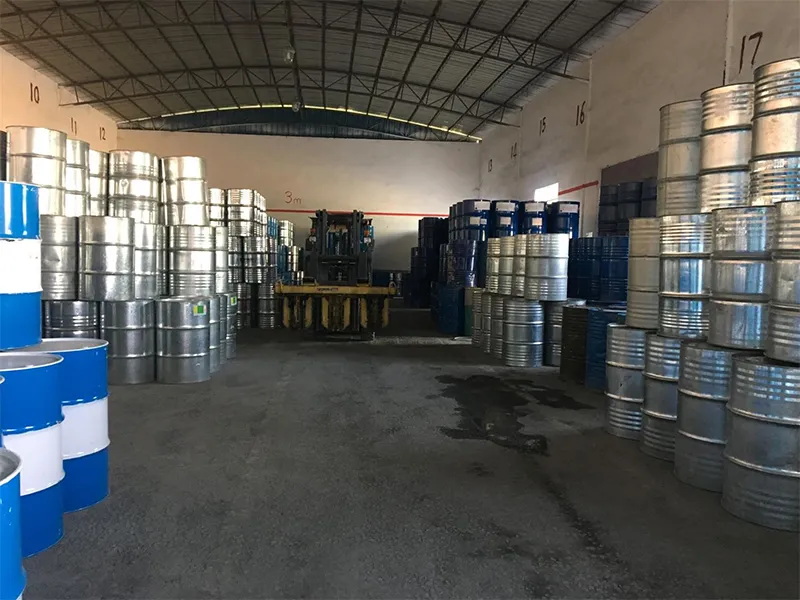
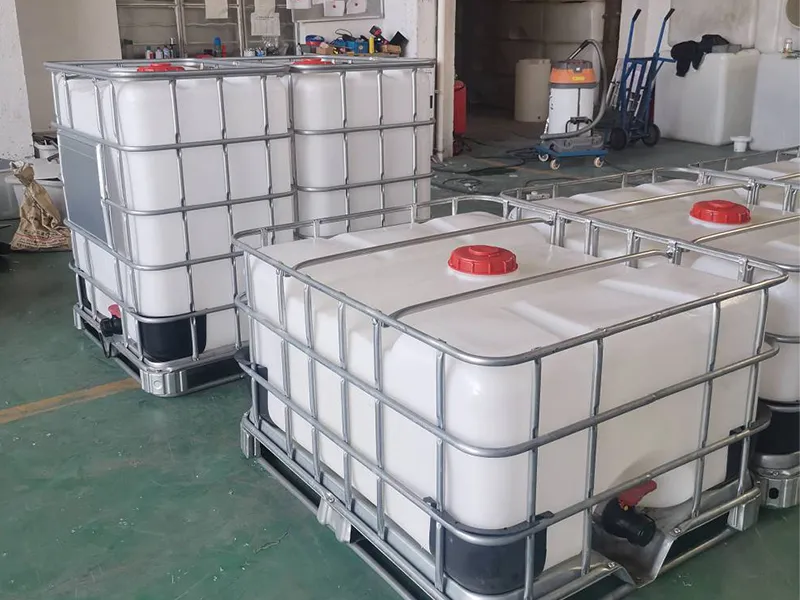

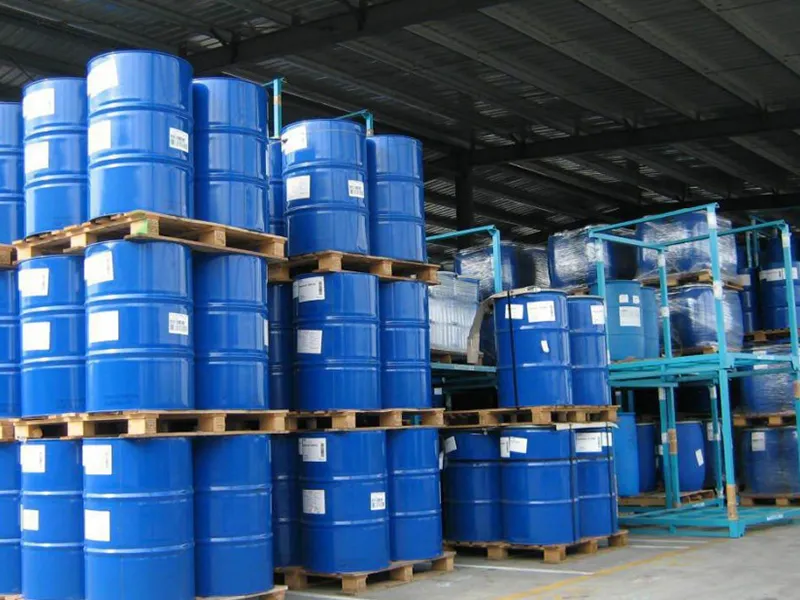
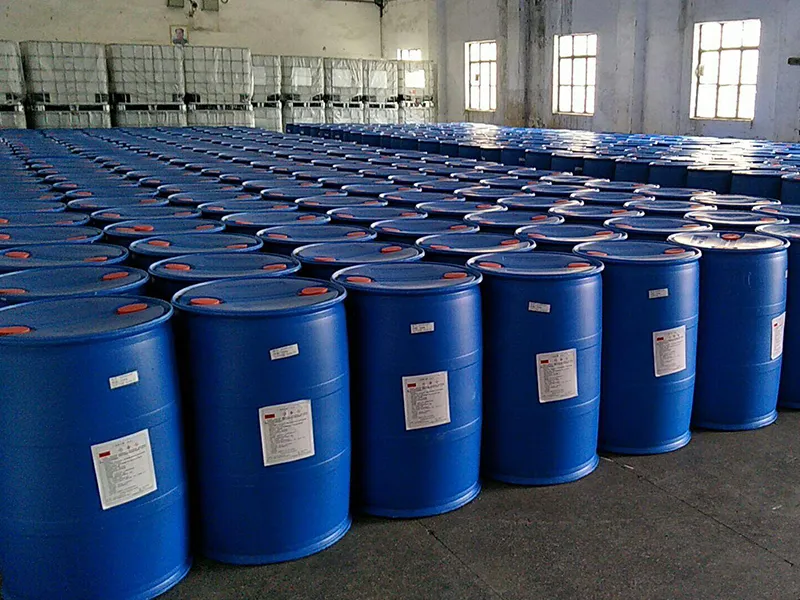
Factory Show
